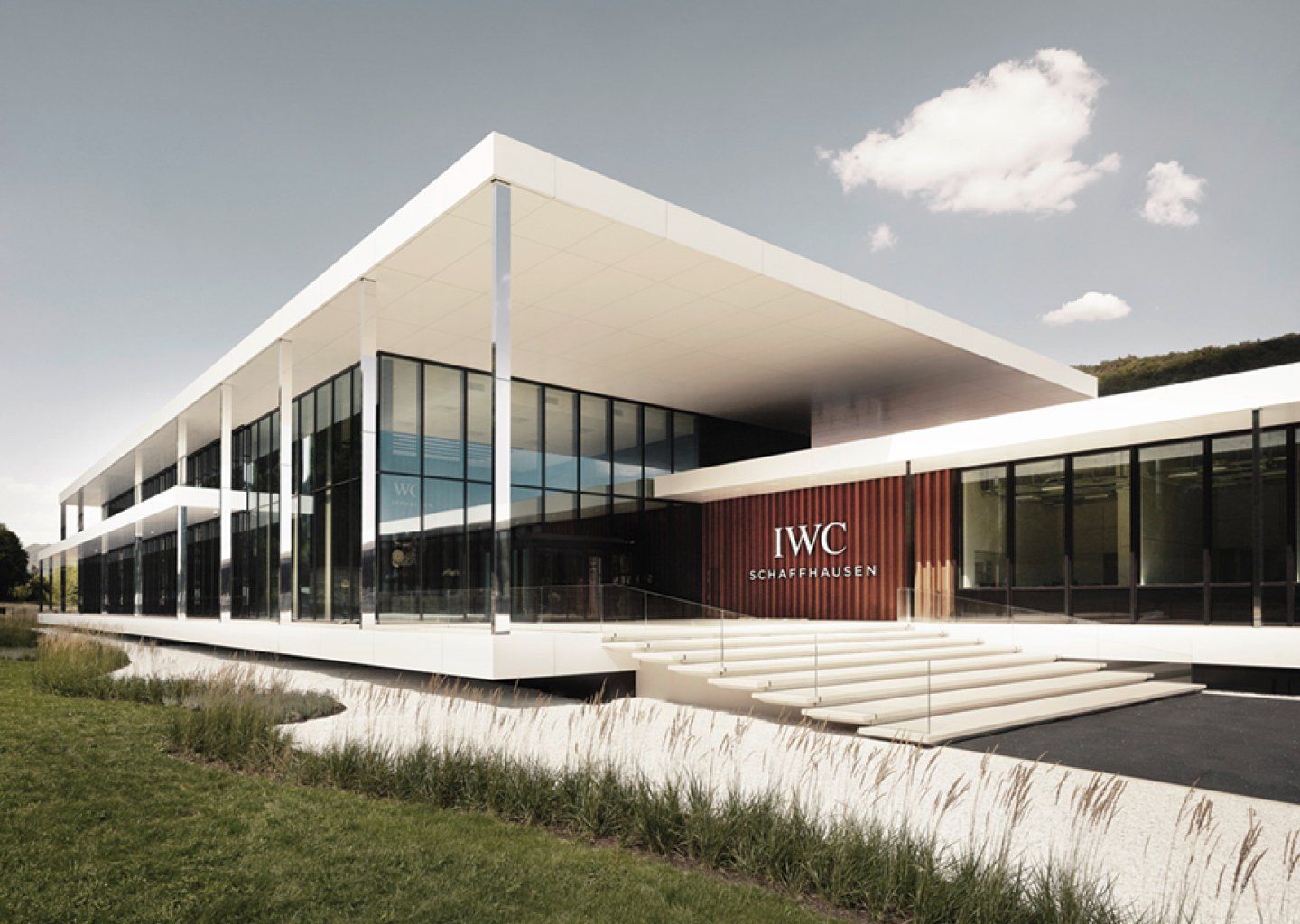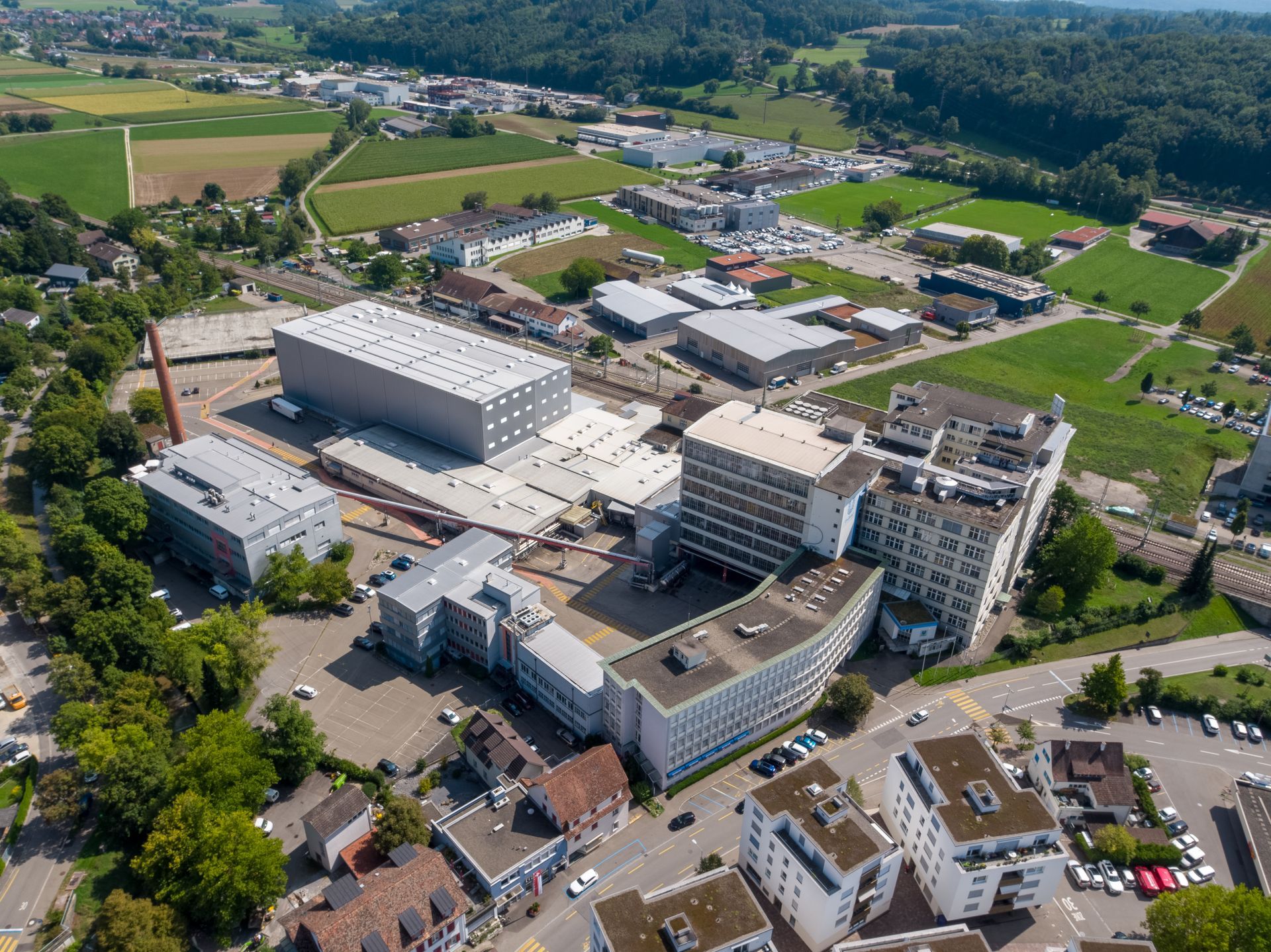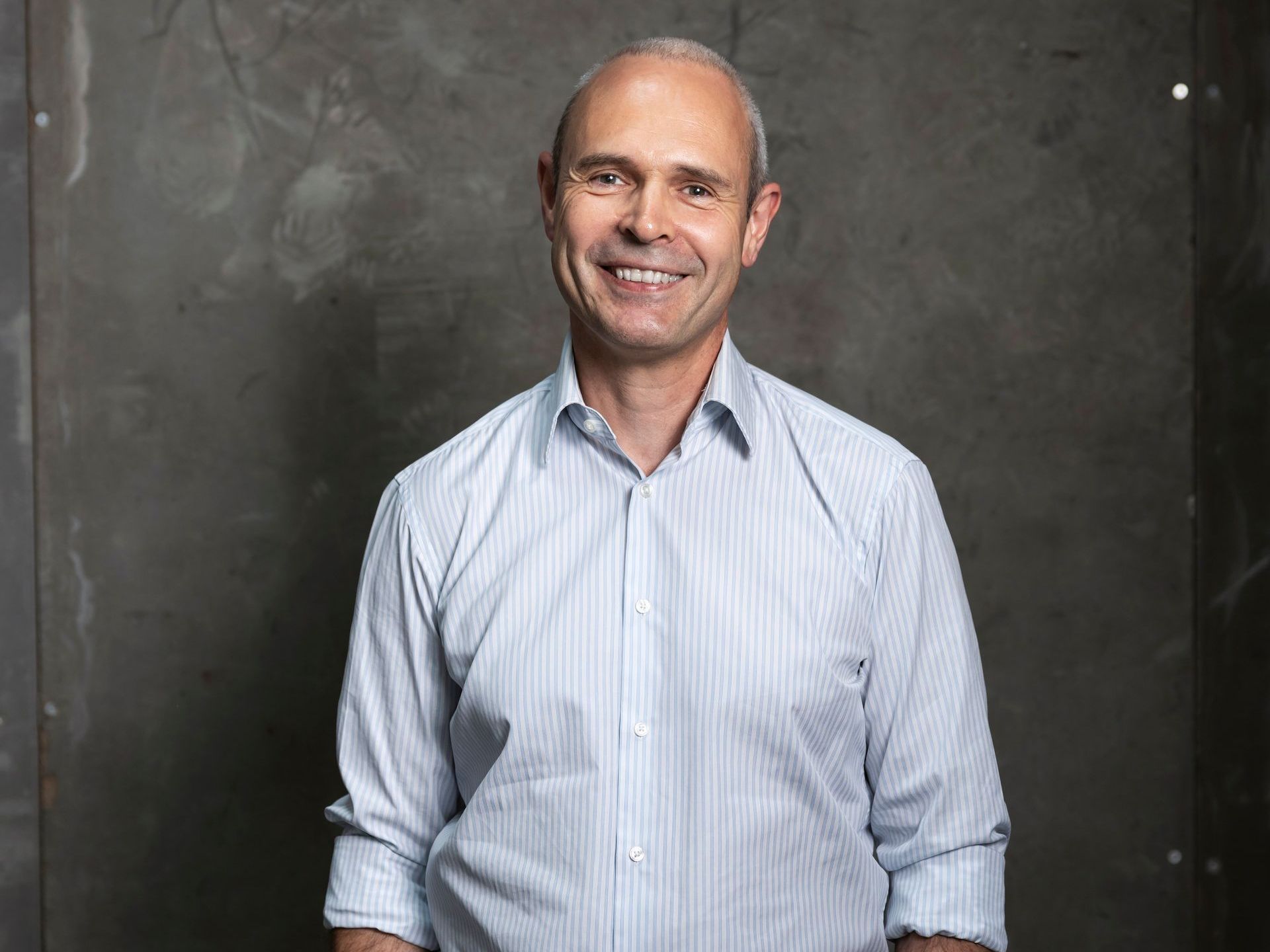IWC pilot's watch, Schaffhausen wool or aromatic seasoning Aromat: Schaffhausen's industry is still associated with consumer goods of this kind. But the northernmost Swiss Canton has long since developed into an international high-tech location, a region of application for particularly innovative technologies. The spectrum ranges from pharmaceuticals and medical technology to electronics and plastics processing to smart mobility and food tech.
Moving the world from Schaffhausen: This is what three industrial pioneers wanted when they founded the Swiss Wagon Factory (later SIG) in Neuhausen am Rheinfall in 1853. Just two years later they presented their products at the World Exhibition in Paris. At that time, the northernmost Swiss Canton did not even have a railway connection.
A little later, one of the three pioneers also laid the foundation for Schaffhausen's bold industrial awakening: Heinrich Moser, who had become filthy rich through his watchmaking empire in Russia, tackled a multitude of future projects after his return to his hometown in 1848. His main work was the «Moser Dam», which harnessed the water power of the Rhine for the industry. Where ships once anchored and orchards flourished, numerous factory buildings soon lined the banks.
«With his hydroelectric power station, Heinrich Moser laid the foundation stone for the Canton's bold industrial awakening.»

Moser's forward-looking "spirit" had an impact far beyond the region: for example, the Breslau entrepreneur Rudolf Schoeller built Switzerland's first worsted spinning mill here in 1868, which made a name for itself with "Schaffhausen wool". And the Boston-born engineer Florentine Ariosto Jones founded the "International Watch Company" (IWC) in the same year. He produced high-quality pocket watches for the American market, relying on modern technology thanks to the knowledge of a skilled workforce.
At about the same time, Georg Fischer, founded in 1802 as an iron foundry, took off thanks to its high-quality malleable cast iron pipe connections. In 1864, this innovation laid the foundation for the company's global piping systems business. Finally, in 1888, the first European aluminium plant was founded at the Rhine Falls (later Alusuisse). It was here that Robert Victor Neher, a pioneer of aluminium technology, invented aluminium foil and initiated a century of light metal research on the Alusuisse site in Neuhausen.
«What has remained is the pioneering spirit and the talent to implement innovative ideas on the ground.»
The dominant metalworking industry was joined by new sectors: the Internationale Verbandstoff-Fabrik (today IVF Hartmann) ushered in the age of modern wound care with the industrial production of bandages in 1871. Knorr, which began operating in Thayngen in 1907 and has been part of the Unilever Group since 2000, rose to become one of the leading brands in the food industry. And Cilag AG, founded in 1936, complemented the industrial spectrum in the direction of pharmaceuticals. Thanks to its integration into the US group Johnson & Johnson, the former small company advanced to become an important research and production site and is now the largest private employer in Schaffhausen.
The industrial crisis of the 1990s hit Schaffhausen's economy hard. Thanks to the innovative strength of smaller companies in particular, however, it has succeeded in transforming itself into a broadly diversified high-tech location with global appeal. The focus shifted towards medical, plastics and packaging technology, and smart mobility, agro-tech and food-tech are gaining in importance. What has remained is the pioneering spirit and the talent to implement innovative ideas locally - coupled with the ability to manage entire business sectors from Schaffhausen on a European or global scale. It is therefore not surprising that more and more international companies are «keen on Schaffhausen».







